Home>Articles>How To Cook Beets In An Electric Pressure Cooker
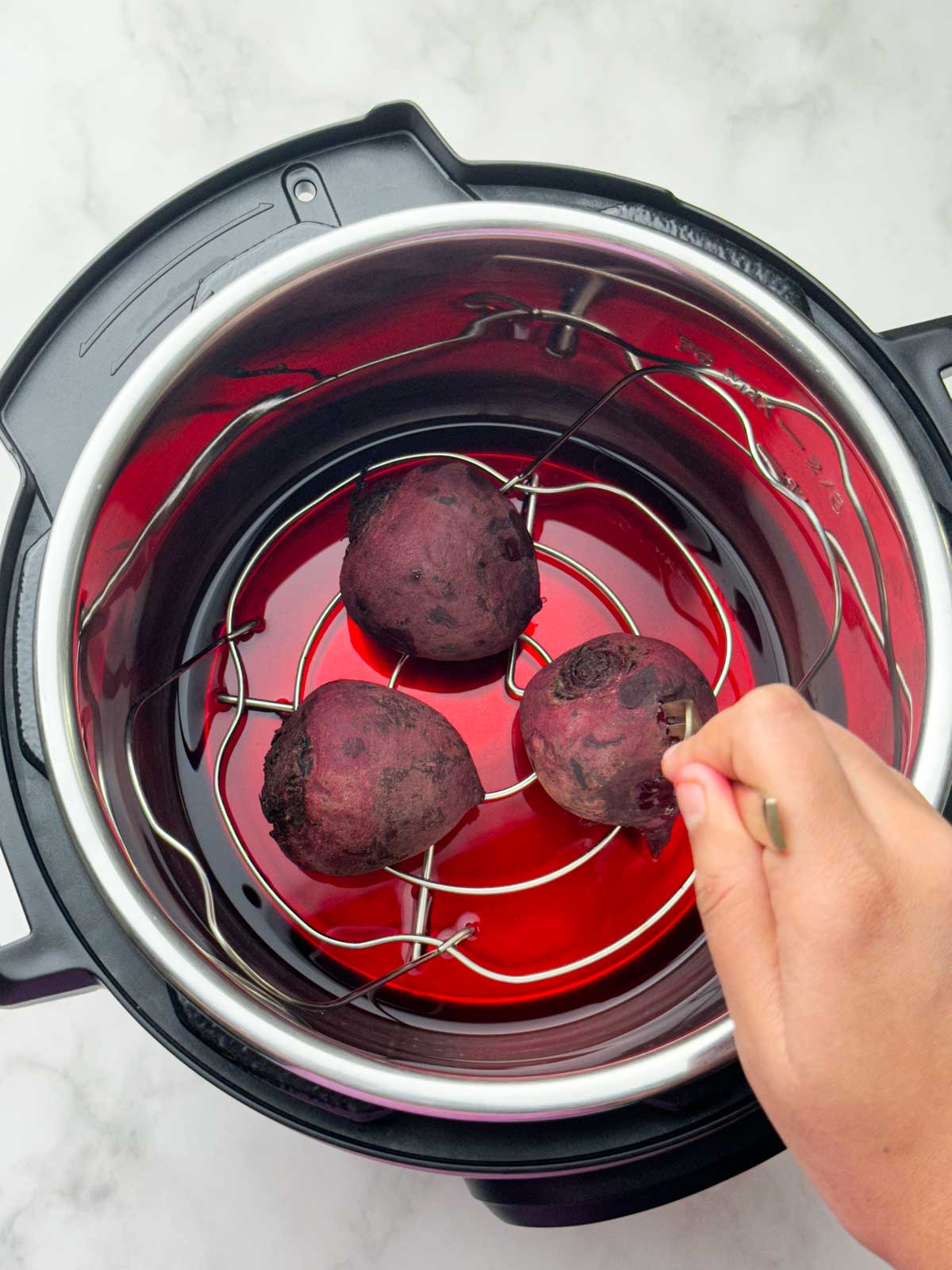

Articles
How To Cook Beets In An Electric Pressure Cooker
Modified: September 2, 2024
Discover the perfect recipe for cooking beets in an electric pressure cooker. Read our insightful articles and learn how to prepare this nutritious vegetable quickly and easily.
(Many of the links in this article redirect to a specific reviewed product. Your purchase of these products through affiliate links helps to generate commission for Storables.com, at no extra cost. Learn more)
Introduction
Cooking beets in an electric pressure cooker is a convenient and time-saving method that allows you to enjoy the delicious and nutritious benefits of this vibrant root vegetable. Beets are packed with essential vitamins, minerals, and antioxidants, making them a great addition to a healthy diet. Whether you’re a seasoned cook or a novice in the kitchen, using an electric pressure cooker can help you achieve perfectly tender and flavorful beets in a fraction of the time compared to traditional cooking methods.
In this article, we will explore the various benefits of cooking beets in an electric pressure cooker, highlight the equipment you’ll need, provide step-by-step instructions, and offer some tips for success. So let’s dive in and discover how to effortlessly prepare beets that are full of flavor and retain their vibrant colors.
Key Takeaways:
- Cook beets in an electric pressure cooker for time-saving, nutrient-retaining, and flavor-infusing benefits. Enjoy versatile, tender, and colorful beets in various dishes with ease and convenience.
- Prepare and cook beets in an electric pressure cooker with proper equipment, step-by-step instructions, and tips for success. Embrace culinary creativity and savor the vibrant world of beets in delicious recipes.
Read more: How To Test Electric Pressure Cooker
Benefits of Cooking Beets in an Electric Pressure Cooker
Cooking beets in an electric pressure cooker offers a plethora of benefits that make it a preferred method for many home cooks. Here are some of the key advantages:
- Time-saving: One of the significant benefits of using an electric pressure cooker to cook beets is the significant reduction in cooking time. Traditional boiling or roasting methods can take up to an hour or more, while an electric pressure cooker can cook beets in just a fraction of that time. This is especially useful when you’re short on time or want to prepare a quick and nutritious meal.
- Retained Nutrients: Cooking beets with an electric pressure cooker helps retain more nutrients compared to boiling or oven-roasting. The shorter cooking time and the sealed environment of the pressure cooker help preserve the vitamins, minerals, and antioxidants present in the beets. This means you can enjoy the full nutritional benefits of beets without losing valuable nutrients.
- Tender and Flavorful: Electric pressure cookers work by trapping steam, which helps to tenderize the beets while infusing them with flavor. The pressure allows the beets to cook evenly and thoroughly, resulting in a tender texture that melts in your mouth. Additionally, the flavors of the beets are intensified as they are cooked under pressure, making them even more delicious.
- Versatility: Electric pressure cookers are incredibly versatile appliances that can do more than just cook beets. You can use them to prepare a wide range of dishes, from soups and stews to grains and meats. Investing in an electric pressure cooker adds a valuable multitasking tool to your kitchen arsenal.
- Energy Efficient: Compared to using a stove or an oven, an electric pressure cooker consumes less energy. The shorter cooking time and the sealed environment require less electricity or gas to cook the beets, making it an energy-efficient cooking method that helps save on utility bills.
Now that we’ve explored the benefits of cooking beets in an electric pressure cooker, let’s move on to the equipment you’ll need to get started.
Equipment Needed
To cook beets in an electric pressure cooker, you’ll need the following equipment:
- Electric Pressure Cooker: Choose a reliable electric pressure cooker that has a capacity suitable for the amount of beets you plan to cook. Look for one with adjustable pressure settings and a built-in timer for precise cooking.
- Steamer Basket or Trivet: A steamer basket or trivet is essential to elevate the beets above the water level in the pressure cooker. This allows the beets to steam rather than boil, ensuring optimal texture and flavor.
- Sharp Knife and Cutting Board: You’ll need a sharp knife and a cutting board to trim the beet greens and cut the beets into your desired size and shape.
- Tongs or Fork: Tongs or a fork will come in handy to handle the hot beets and remove them from the pressure cooker safely.
- Vegetable Brush: A vegetable brush is helpful for scrubbing the beets under running water to remove any dirt or debris.
- Water: You’ll need water to create steam inside the pressure cooker. The amount of water required may vary depending on the size and capacity of your pressure cooker, so be sure to consult the manufacturer’s instructions.
- Optional: Oven Mitts: Oven mitts provide an extra layer of protection while handling the hot pressure cooker and can prevent burns.
Having these essential tools will ensure that you can easily and safely cook beets in your electric pressure cooker. Now, let’s move on to the step-by-step instructions for preparing and cooking the beets.
Step-by-Step Instructions
Follow these step-by-step instructions to cook beets in an electric pressure cooker:
- Prepare the Beets: Start by trimming the beet greens, leaving about an inch of the stems intact to prevent bleeding during cooking. Scrub the beets thoroughly under running water to remove any dirt or debris. You can leave the skins on for added texture and nutrients, or peel them if desired. Cut the beets into uniform-sized pieces to ensure even cooking.
- Add Water to the Pressure Cooker: Pour the recommended amount of water into the bottom of the pressure cooker according to your manufacturer’s instructions. This will create the steam necessary for the cooking process.
- Place Steamer Basket or Trivet: Insert a steamer basket or trivet into the pressure cooker. This will elevate the beets above the water level, allowing them to steam rather than boil.
- Arrange the Beets: Place the prepared beets in the steamer basket or on the trivet, ensuring they are evenly spaced and not overcrowded. This will allow for proper circulation of steam and even cooking.
- Close the Pressure Cooker: Securely close the lid of the electric pressure cooker, ensuring it is properly sealed. Follow the manufacturer’s instructions for locking the lid and setting the pressure release valve.
- Select Cooking Time and Pressure: Set the cooking time and pressure level according to your recipe or the recommended cooking times for beets. Generally, cooking beets in an electric pressure cooker takes around 10-15 minutes at high pressure.
- Start the Cooking Process: Start the electric pressure cooker and let it come to pressure. The cooking will begin once the desired pressure is reached. The cook time will automatically start counting down.
- Natural Pressure Release vs. Quick Pressure Release: After the cooking time is complete, you have two options for releasing the pressure. Natural Pressure Release (NPR) allows the pressure to decrease naturally over time, which can take around 10-15 minutes. Quick Pressure Release (QPR) involves manually releasing the pressure using the release valve. Choose the method that suits your preference and recipe requirements.
- Remove the Beets: Once the pressure has been released, carefully open the lid of the pressure cooker. Use tongs or a fork to remove the cooked beets from the steamer basket or trivet.
- Serve or Store: Serve the cooked beets immediately as a side dish, in salads, or as a base for other recipes. Alternatively, you can store the cooked beets in an airtight container in the refrigerator for later use.
Following these step-by-step instructions will help you achieve perfectly cooked beets in your electric pressure cooker. Next, we’ll discuss the difference between natural pressure release and quick pressure release.
Preparing the Beets
Before cooking the beets in the electric pressure cooker, it’s essential to properly prepare them. Follow these steps to prepare the beets:
- Trim the Beet Greens: Start by removing the beet greens, leaving about an inch of the stems intact. This helps prevent bleeding during cooking.
- Wash the Beets: Thoroughly wash the beets under cool running water. Use a vegetable brush to scrub away any dirt or debris from the surface. This step ensures that you start cooking with clean beets.
- Peel or Leave the Skins: Decide whether you want to peel the beets or leave the skins on. If you prefer a more tender texture and prefer to remove the skin, use a vegetable peeler to peel away the outer layer. However, leaving the skin intact can add a bit of texture and additional nutrients to your dish.
- Cut into Uniform Pieces: Once the beets are clean and peeled (if desired), cut them into uniform-sized pieces. This will ensure that the beets cook evenly and are ready at the same time. You can slice the beets into rounds, dice them into cubes or cut them into wedges, depending on your preference and the recipe you plan to use them in.
Once you have prepared the beets, you are ready to proceed with cooking them in the electric pressure cooker. Following proper preparation ensures that the beets cook evenly and results in a delicious final dish. Next, we’ll explore the process of cooking the beets in the electric pressure cooker.
To cook beets in an electric pressure cooker, add 1 cup of water, place the beets on the trivet, and cook on high pressure for 15-20 minutes for small beets, or 25-30 minutes for larger ones. Quick release the pressure and enjoy easy-to-peel beets.
Read more: How To Use An Electric Pressure Cooker
Cooking the Beets in an Electric Pressure Cooker
Now that you have prepared the beets, it’s time to cook them in the electric pressure cooker. Follow these steps to achieve perfectly tender and flavorful beets:
- Add Water: Begin by adding the recommended amount of water to the bottom of the electric pressure cooker. The amount of water needed may vary depending on the size and capacity of your pressure cooker, so refer to the manufacturer’s instructions for guidance.
- Insert Steamer Basket or Trivet: Place a steamer basket or trivet inside the pressure cooker. This will prevent the beets from coming into direct contact with the water and ensure that they are steamed rather than boiled.
- Arrange the Beets: Carefully place the prepared beets on top of the steamer basket or trivet. Make sure the beets are evenly spaced and not overcrowded. This allows for proper circulation of steam and even cooking.
- Secure the Lid: Close the lid of the electric pressure cooker securely. Follow the manufacturer’s instructions for locking the lid and ensuring a proper seal.
- Select Cooking Time and Pressure Level: Set the cooking time and pressure level according to your recipe or the recommended cooking times for beets. Typically, cooking beets in an electric pressure cooker takes around 10-15 minutes at high pressure.
- Start the Cooking Process: Turn on the electric pressure cooker and let it come to pressure. The cooking process will begin once the desired pressure is reached. The cook time will automatically start counting down.
- Release the Pressure: Once the cooking time is complete, you have two options for releasing the pressure: Natural Pressure Release (NPR) or Quick Pressure Release (QPR). Natural Pressure Release involves allowing the pressure to decrease naturally over time, which can take around 10-15 minutes. Quick Pressure Release involves manually releasing the pressure using the release valve. Choose the method that suits your preference and recipe requirements.
- Open the Lid: Once the pressure has been released, carefully open the lid of the electric pressure cooker. Be cautious of any remaining steam and use oven mitts or handles to prevent burns.
- Remove the Beets: Use tongs or a fork to carefully remove the cooked beets from the steamer basket or trivet. Transfer them to a plate or a bowl for serving.
With these simple steps, you can effortlessly cook beets in an electric pressure cooker. The result will be perfectly tender and flavorful beets, ready to enjoy or incorporate into your favorite recipes. Next, we’ll discuss the difference between natural pressure release and quick pressure release.
Natural Pressure Release vs. Quick Pressure Release
When cooking beets in an electric pressure cooker, you have two options for releasing the pressure after the cooking process: natural pressure release (NPR) and quick pressure release (QPR). Understanding the difference between these methods will help you choose the one that best suits your needs:
Natural Pressure Release (NPR): NPR involves allowing the pressure inside the electric pressure cooker to decrease naturally over time. This is done by simply turning off the heat and leaving the pressure cooker untouched. As the pressure gradually decreases, the floating valve or pressure indicator will drop, indicating that it is safe to open the lid. NPR typically takes around 10-15 minutes.
Benefits of Natural Pressure Release:
- Prevents overcooking: Allowing the pressure to release naturally helps prevent the beets from becoming overcooked. It gives them time to settle and retains their texture and flavor.
- Minimizes food splatter: Releasing the pressure naturally can reduce the likelihood of food splattering out of the pressure cooker when the lid is opened.
- More relaxed cooking process: Natural pressure release gives you time to attend to other tasks or prepare any additional components of your meal while the pressure is gradually released.
Quick Pressure Release (QPR): QPR involves manually releasing the pressure using the release valve. This method is faster and allows for immediate pressure reduction. Be cautious when using this method, as the steam released can be hot and may cause burns.
Benefits of Quick Pressure Release:
- Time-saving: QPR allows you to release the pressure quickly, making it a great option when you’re in a hurry or need to finish the cooking process promptly.
- Instantly halts cooking: Releasing the pressure quickly stops the cooking process, preventing the beets from becoming overcooked or mushy.
- Allows for precise timing: When following a recipe with specific cooking times, QPR enables you to achieve accurate results by promptly ceasing the cooking process.
When deciding between NPR and QPR, consider the recipe, the desired texture of the beets, and your personal preferences. Some recipes may recommend one method over the other, so be sure to follow the instructions provided.
Now that you understand the difference between natural pressure release and quick pressure release, let’s move on to some tips for success when cooking beets in an electric pressure cooker.
Tips for Success
To ensure a successful outcome when cooking beets in an electric pressure cooker, consider these helpful tips:
- Select fresh beets: Choose fresh beets with firm, smooth skins and vibrant colors. Fresh beets will yield better results and have a sweeter taste.
- Cut beets into uniform sizes: Cut the beets into uniform-sized pieces to ensure they cook evenly. This will prevent some pieces from being undercooked or overcooked.
- Avoid overcrowding: Do not overcrowd the beets in the electric pressure cooker. Leave some space between the beets to allow for proper circulation of steam and even cooking.
- Adjust cooking time for desired texture: If you prefer a firmer texture, reduce the cooking time slightly. For a softer, more tender texture, cook the beets for a longer duration.
- Experiment with seasonings: Feel free to add herbs, spices, or seasonings to the pressure cooker for enhanced flavor. Try adding garlic, thyme, rosemary, or a pinch of salt and pepper to elevate the taste of the beets.
- Use natural pressure release for better results: Whenever possible, opt for natural pressure release. It helps retain the natural flavors and textures of the beets and prevents them from becoming mushy.
- Test for doneness: Before removing the beets from the pressure cooker, test for doneness by inserting a fork or knife into the beets. It should glide easily through the flesh without resistance.
- Handle with care: Use tongs or a fork to remove the beets from the pressure cooker, as they will be hot. Be cautious of steam and use oven mitts or handles to protect your hands.
- Save the cooking liquid: The cooking liquid from the beets is packed with flavor and nutrients. Consider saving it to use as a base for soups, stews, or as a cooking liquid for grains or other vegetables.
- Store leftovers properly: If you have leftover cooked beets, store them in an airtight container in the refrigerator. They can be enjoyed as leftovers or used in salads, sandwiches, or other recipes within a few days.
By following these tips, you’ll achieve perfectly cooked beets that are tender, flavorful, and visually appealing. With your beets cooked to perfection, let’s explore some serving suggestions to enjoy these nutritious root vegetables.
Serving Suggestions
Once your beets are cooked to perfection in the electric pressure cooker, there are countless delicious ways to enjoy them. Here are some serving suggestions to inspire you:
- Beet Salad: Toss the cooked beets with fresh greens, crumbled feta cheese, and a citrus vinaigrette for a refreshing and colorful salad.
- Roasted Beet Hummus: Puree the beets with chickpeas, garlic, tahini, and lemon juice to create a vibrant and flavorful beet hummus. Serve it with pita bread or vegetable sticks for dipping.
- Beet and Goat Cheese Tart: Create a savory tart by layering cooked beets, creamy goat cheese, and fresh herbs on a pre-baked puff pastry crust.
- Beet Smoothie: Blend the cooked beets with your favorite fruits, yogurt, and a splash of almond milk for a nutritious and vibrant smoothie.
- Beet Pesto Pasta: Toss the cooked beets with cooked pasta, garlic, Parmesan cheese, and toasted pine nuts for a flavorful and colorful pasta dish.
- Beet Chips: Slice the cooked beets thinly and roast them in the oven for crispy and nutritious beet chips. Sprinkle with sea salt and enjoy as a healthy snack.
- Beet and Arugula Pizza: Top a pizza dough with cooked beets, peppery arugula, creamy goat cheese, and a drizzle of balsamic glaze for a unique and tasty pizza.
- Beet and Walnut Salad: Combine the cooked beets with sliced apples, toasted walnuts, and a tangy vinaigrette for a satisfying and nutritious salad.
- Beet Soup: Puree the cooked beets with vegetable broth, onions, and spices to create a vibrant and velvety beet soup. Serve it hot or chilled, garnished with a dollop of sour cream or yogurt.
- Beet Burger: Mash the cooked beets with cooked quinoa, black beans, breadcrumbs, and spices to make flavorful and vegetarian beet burgers. Serve them on buns with your favorite toppings.
These serving suggestions provide a variety of ways to enjoy the delicious and nutritious beets that you have cooked in your electric pressure cooker. Get creative and experiment with different flavors and combinations to discover your favorite way to savor these vibrant root vegetables.
With the serving suggestions in mind, it’s time to conclude our article on cooking beets in an electric pressure cooker. Enjoy your flavorful and nutritious beets!
Read more: How To Can With An Electric Pressure Cooker
Conclusion
Cooking beets in an electric pressure cooker offers numerous benefits, from the time-saving convenience to the retention of nutrients and flavors. With the right equipment and following the step-by-step instructions, you can achieve perfectly tender and flavorful beets in a fraction of the time compared to traditional cooking methods.
By utilizing an electric pressure cooker, you can enjoy the vibrant colors, natural sweetness, and nutritional benefits of beets in various dishes. From salads and soups to pasta and even desserts, the versatility of cooked beets allows for endless culinary possibilities.
Remember to prepare the beets by trimming the greens, cleaning them thoroughly, and cutting them into uniform pieces before cooking. Whether you choose to peel the beets or leave the skins on, the electric pressure cooker will infuse the beets with flavor, resulting in tender and delicious results.
When it comes to releasing pressure, the choice between natural pressure release and quick pressure release offers different benefits. Natural pressure release allows the flavors and textures of the beets to settle, while quick pressure release provides immediate results when time is of the essence.
To ensure success, follow the tips provided, such as not overcrowding the beets, adjusting cooking times for desired textures, and preserving the cooking liquid for other culinary endeavors.
Whether you serve the beets in salads, as a side dish, or incorporate them into various recipes, their vibrant colors and earthy flavors will surely delight your taste buds. So, grab your electric pressure cooker and start cooking beets for a nutritious and satisfying culinary experience.
Now that you have the knowledge and tools to cook beets in an electric pressure cooker, embrace your culinary creativity and enjoy the vibrant and delicious world of beets!
Frequently Asked Questions about How To Cook Beets In An Electric Pressure Cooker
Was this page helpful?
At Storables.com, we guarantee accurate and reliable information. Our content, validated by Expert Board Contributors, is crafted following stringent Editorial Policies. We're committed to providing you with well-researched, expert-backed insights for all your informational needs.
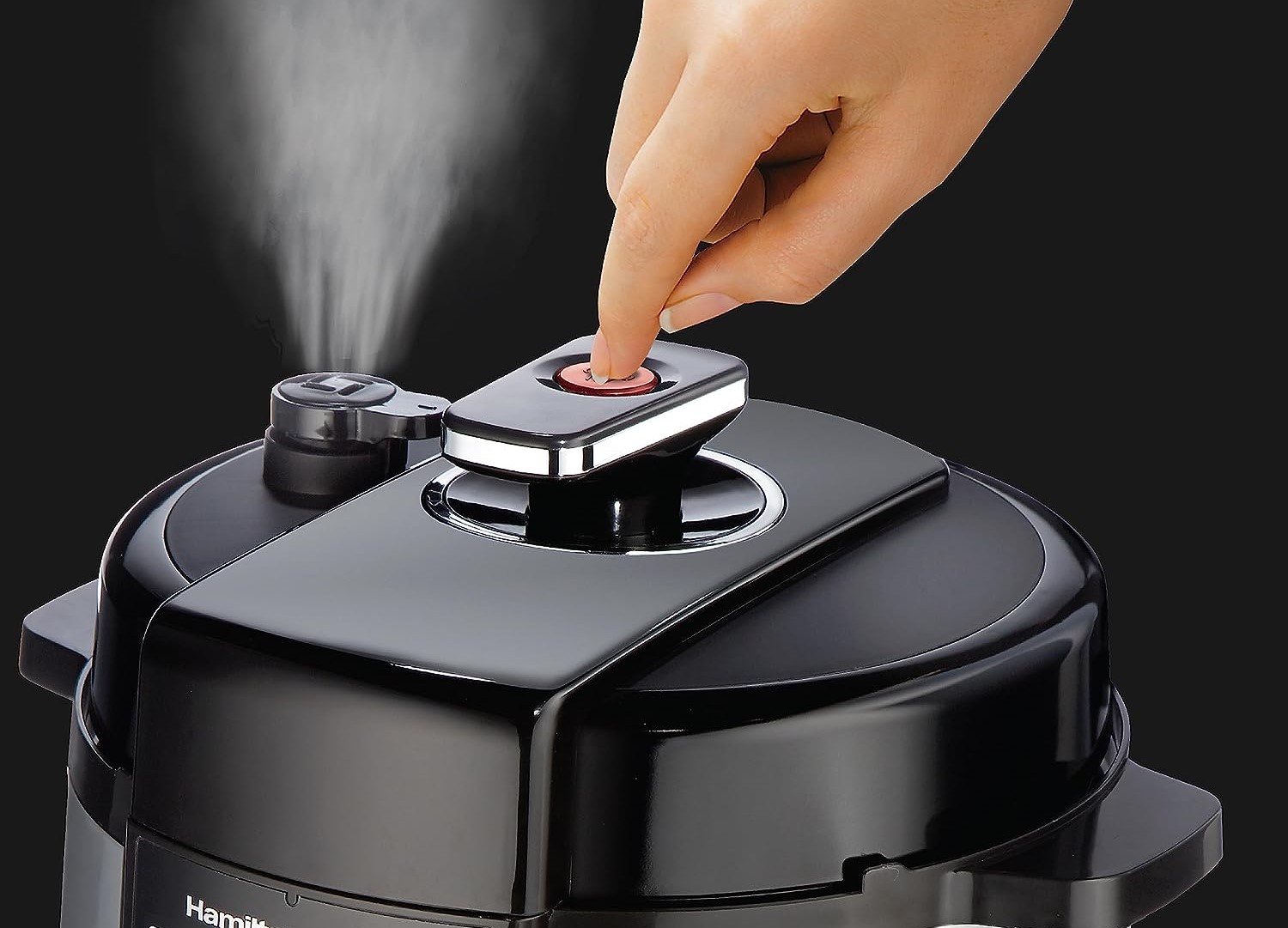
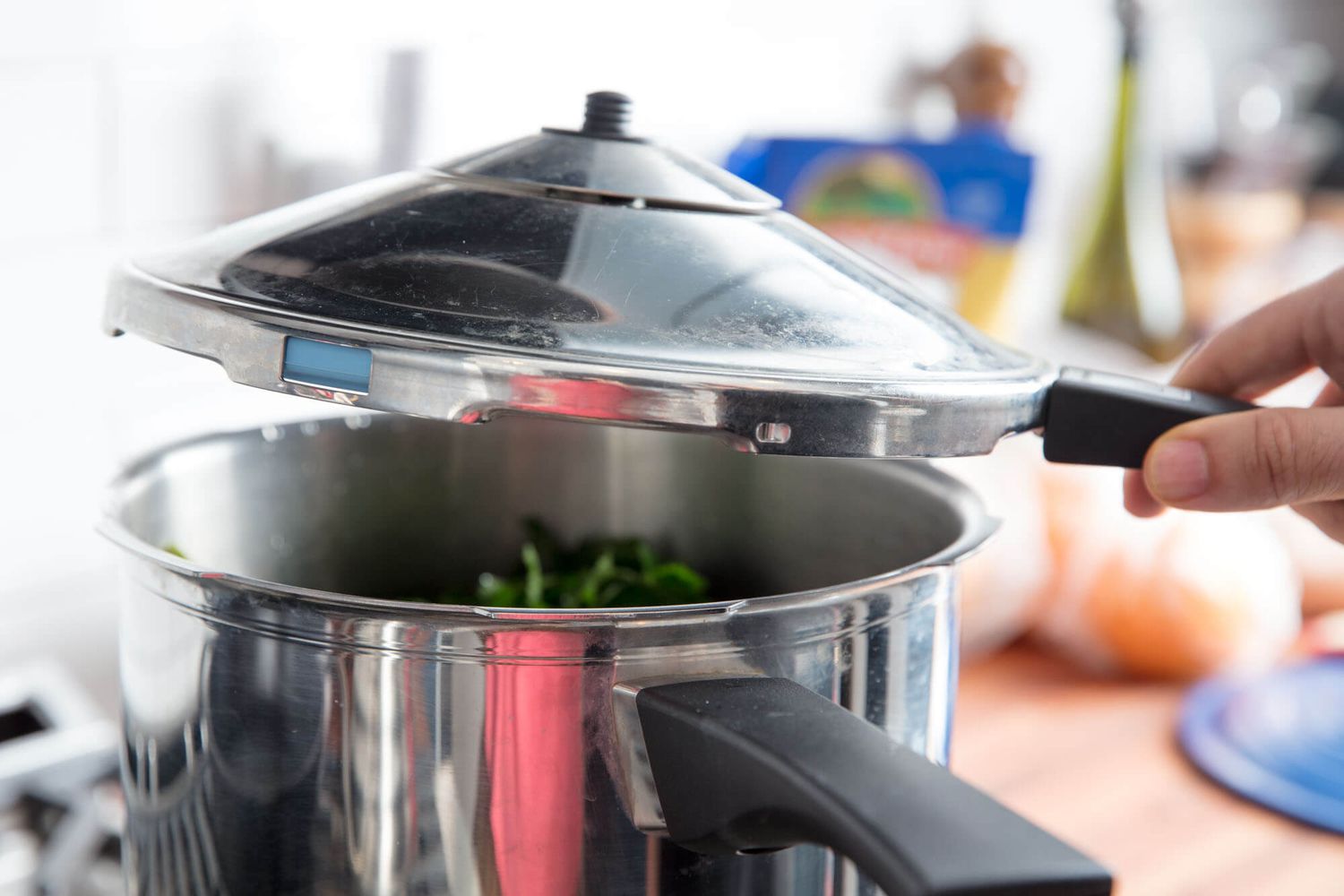
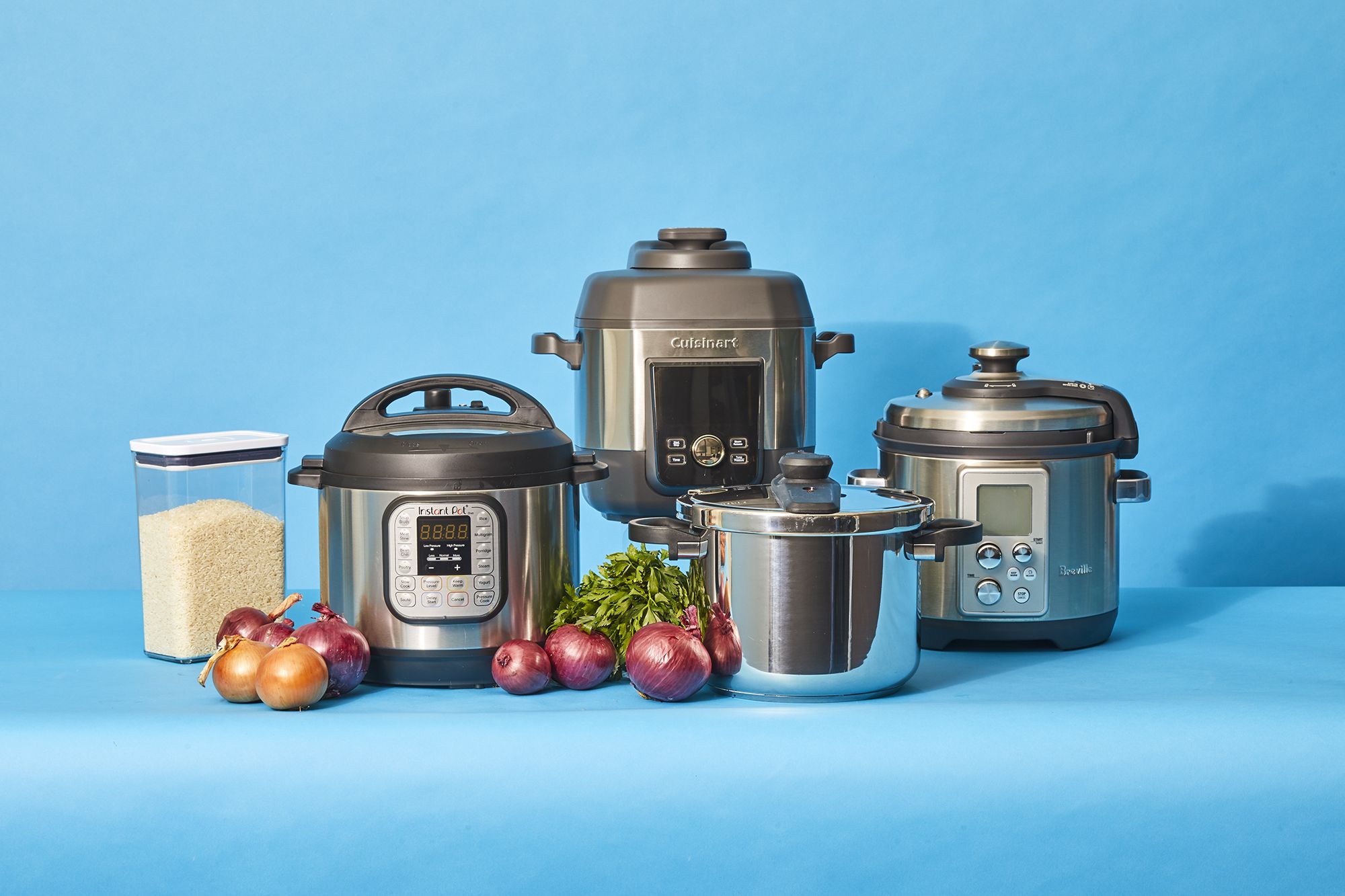
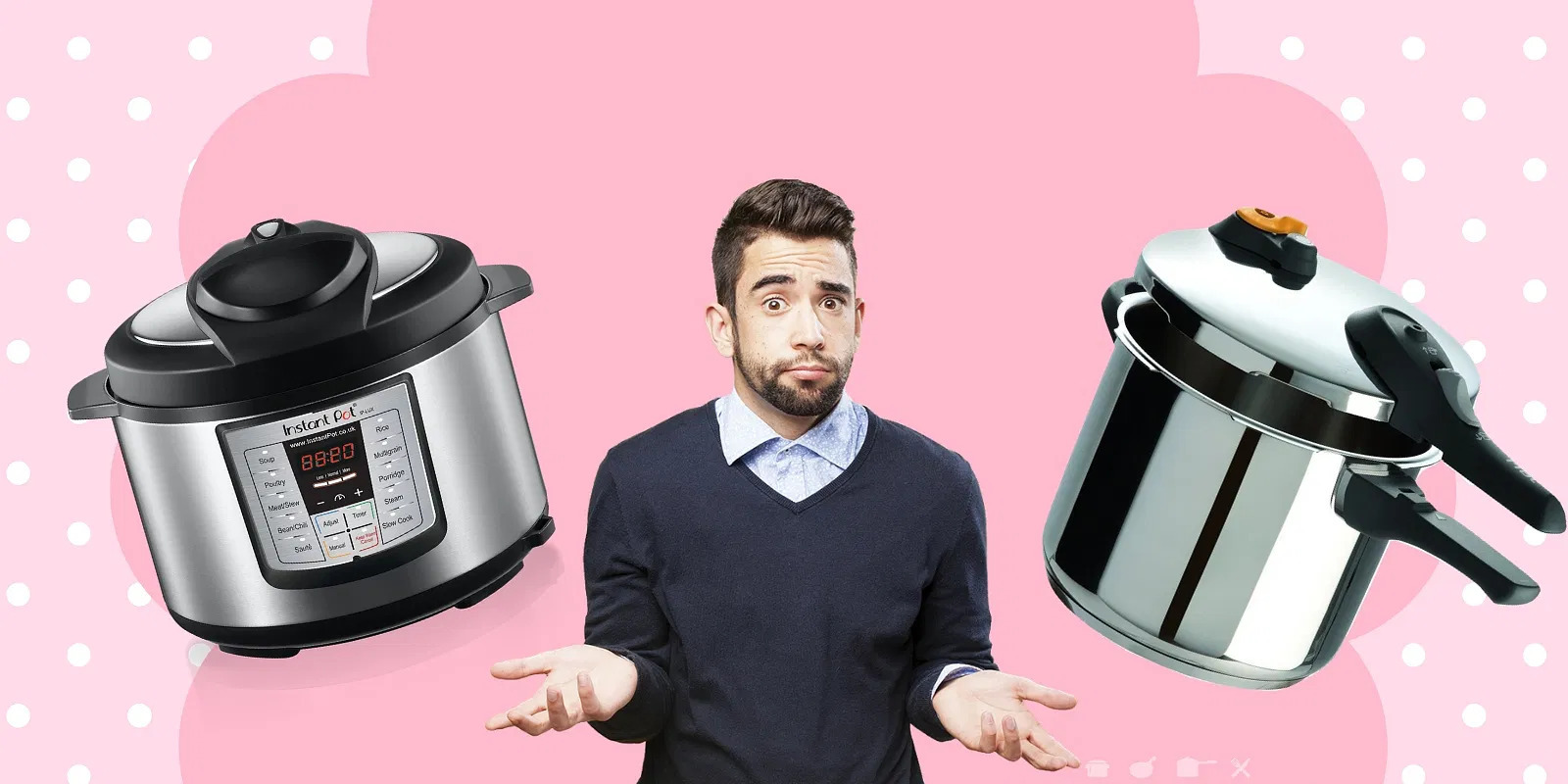
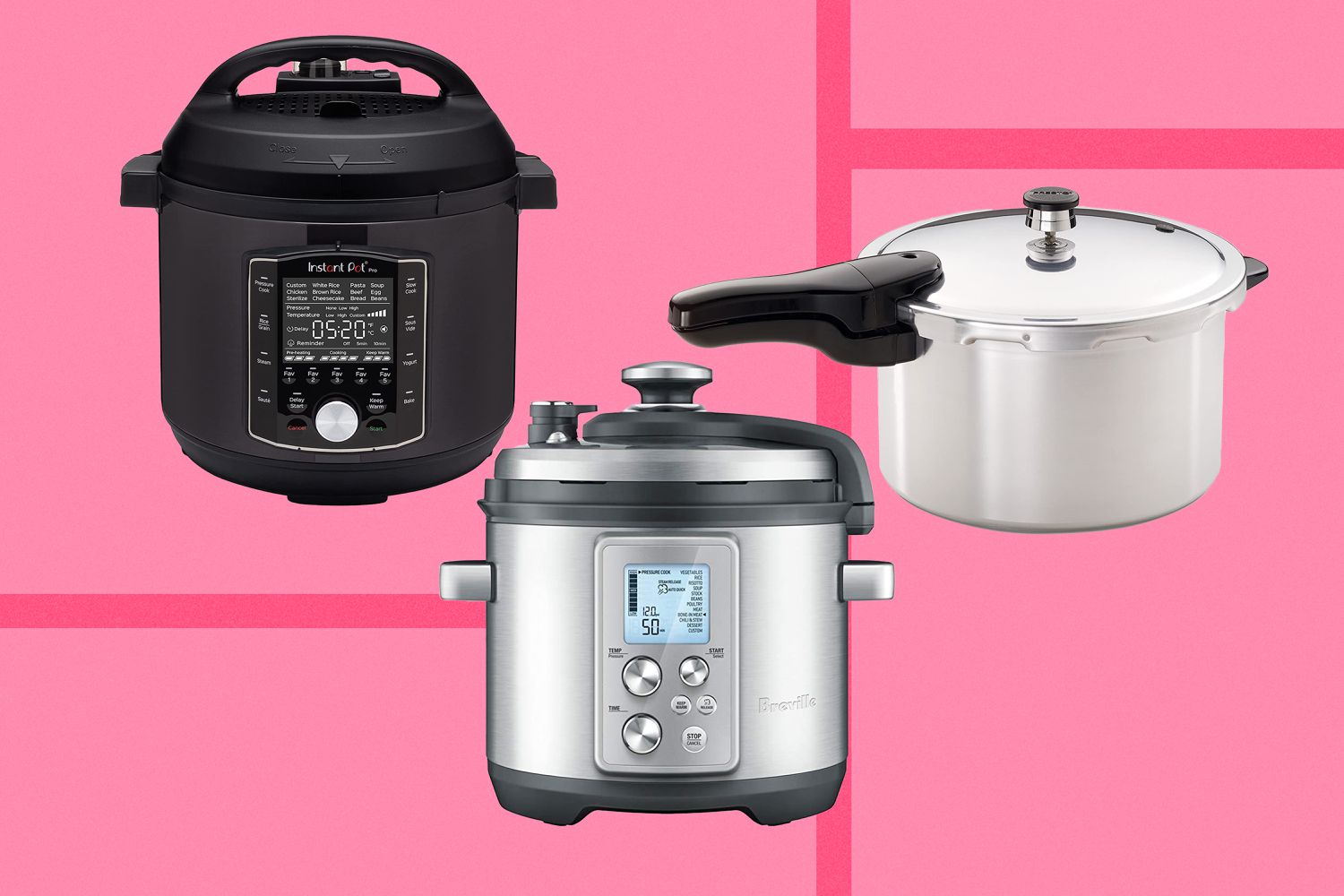
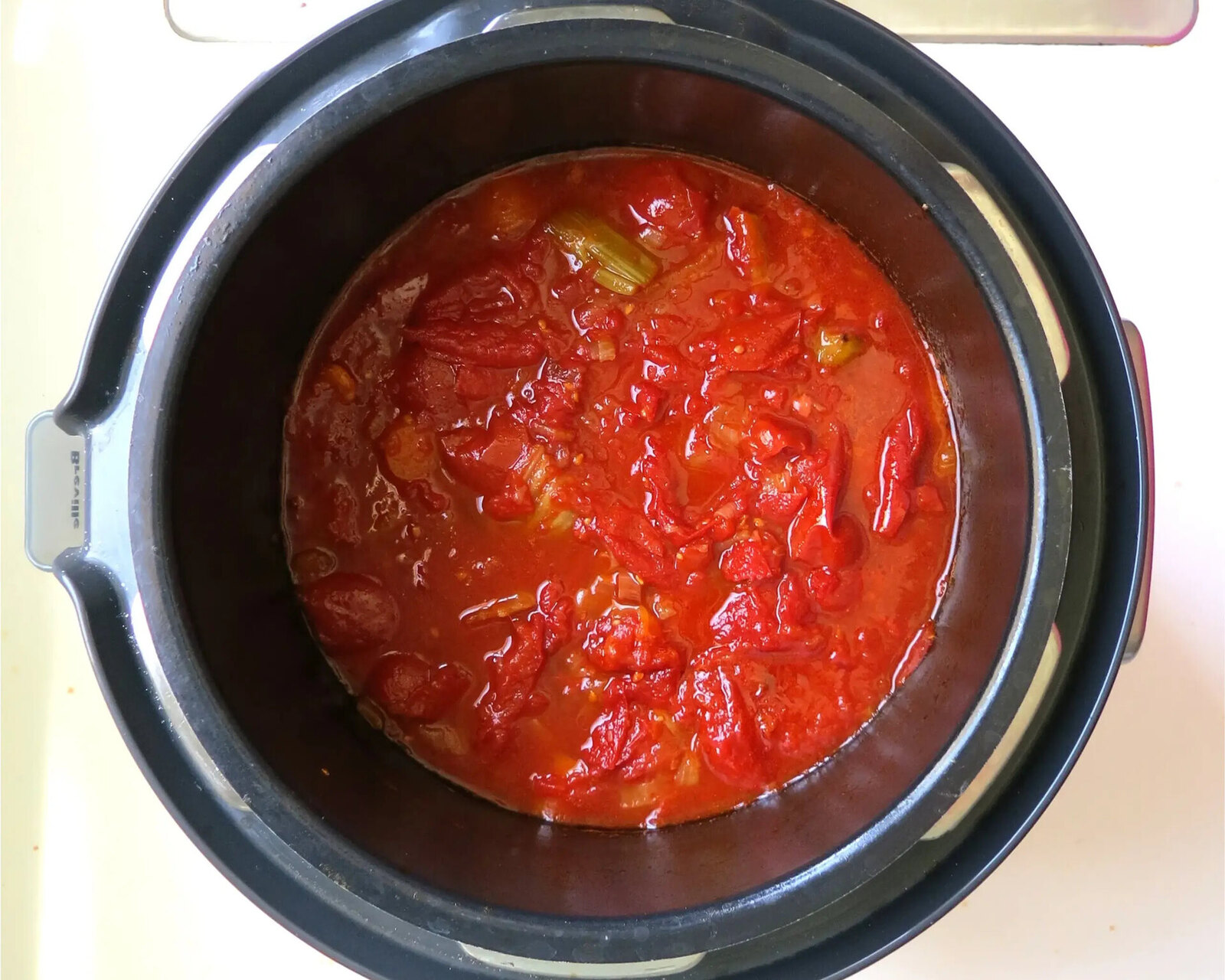
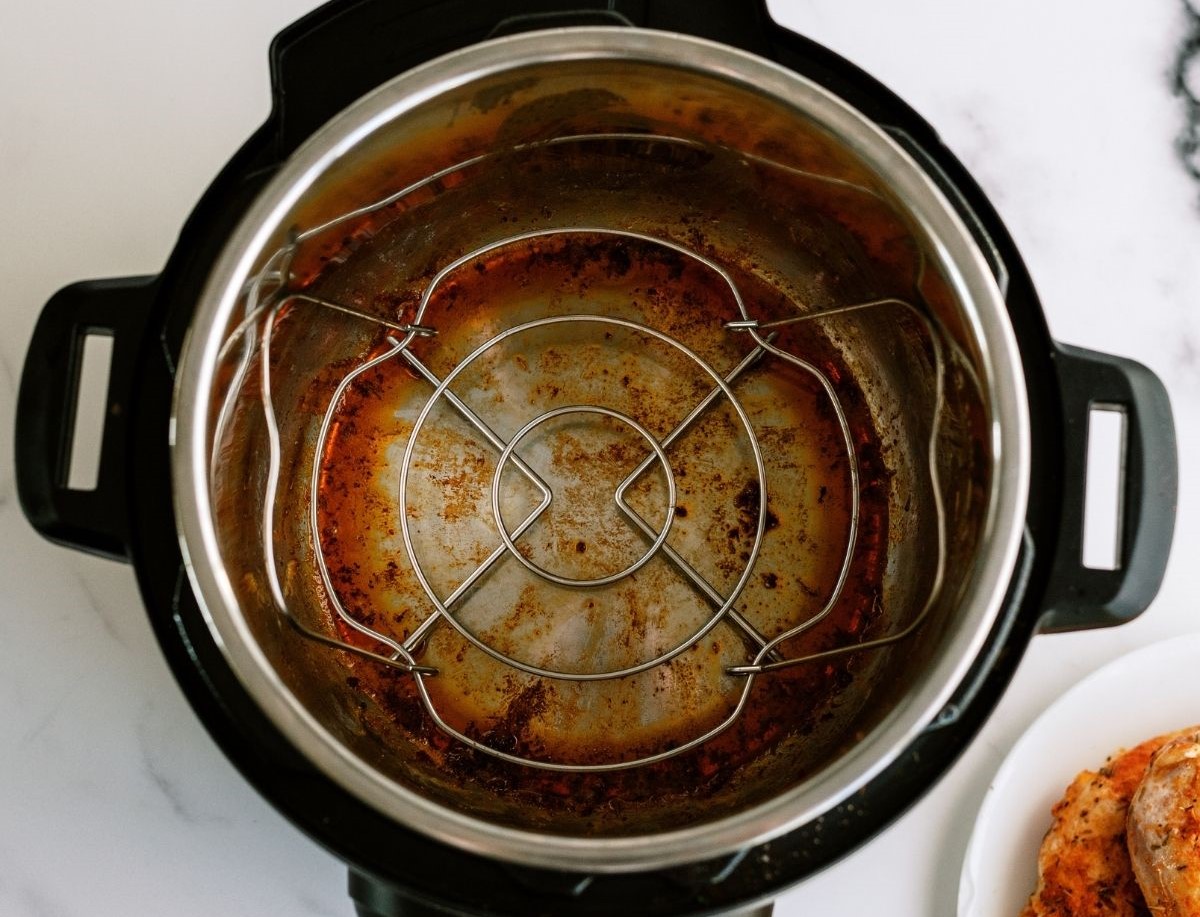
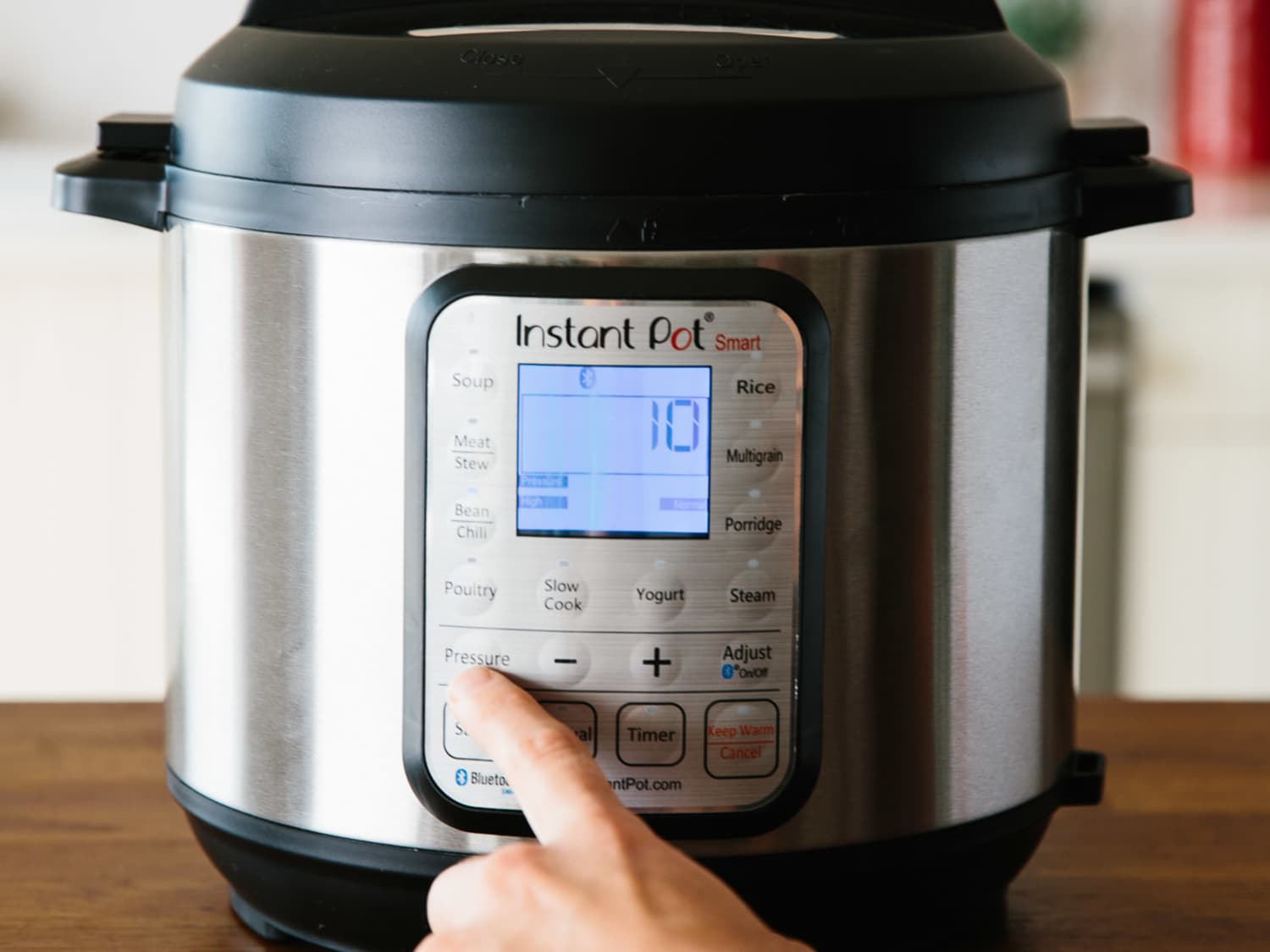
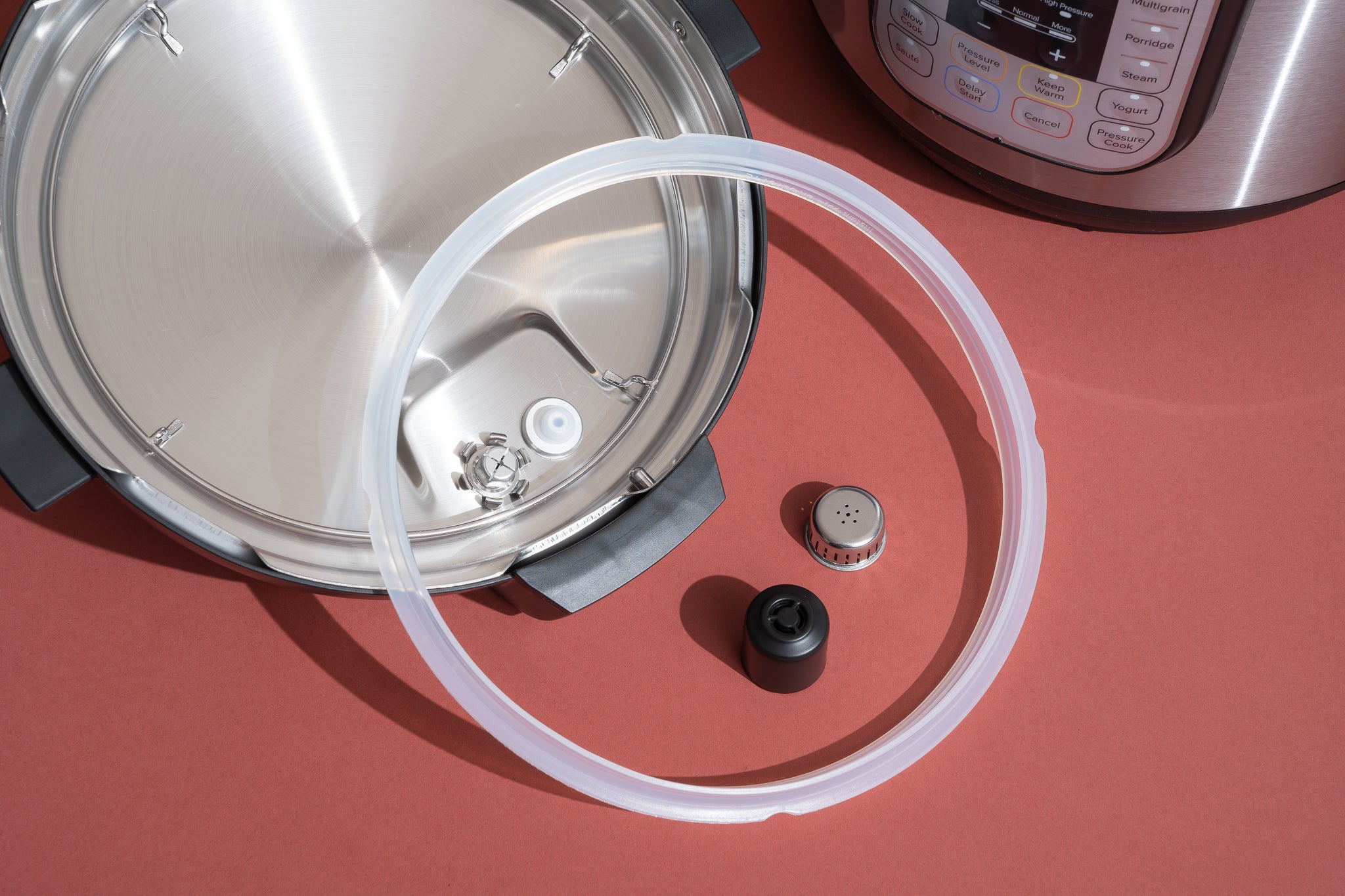
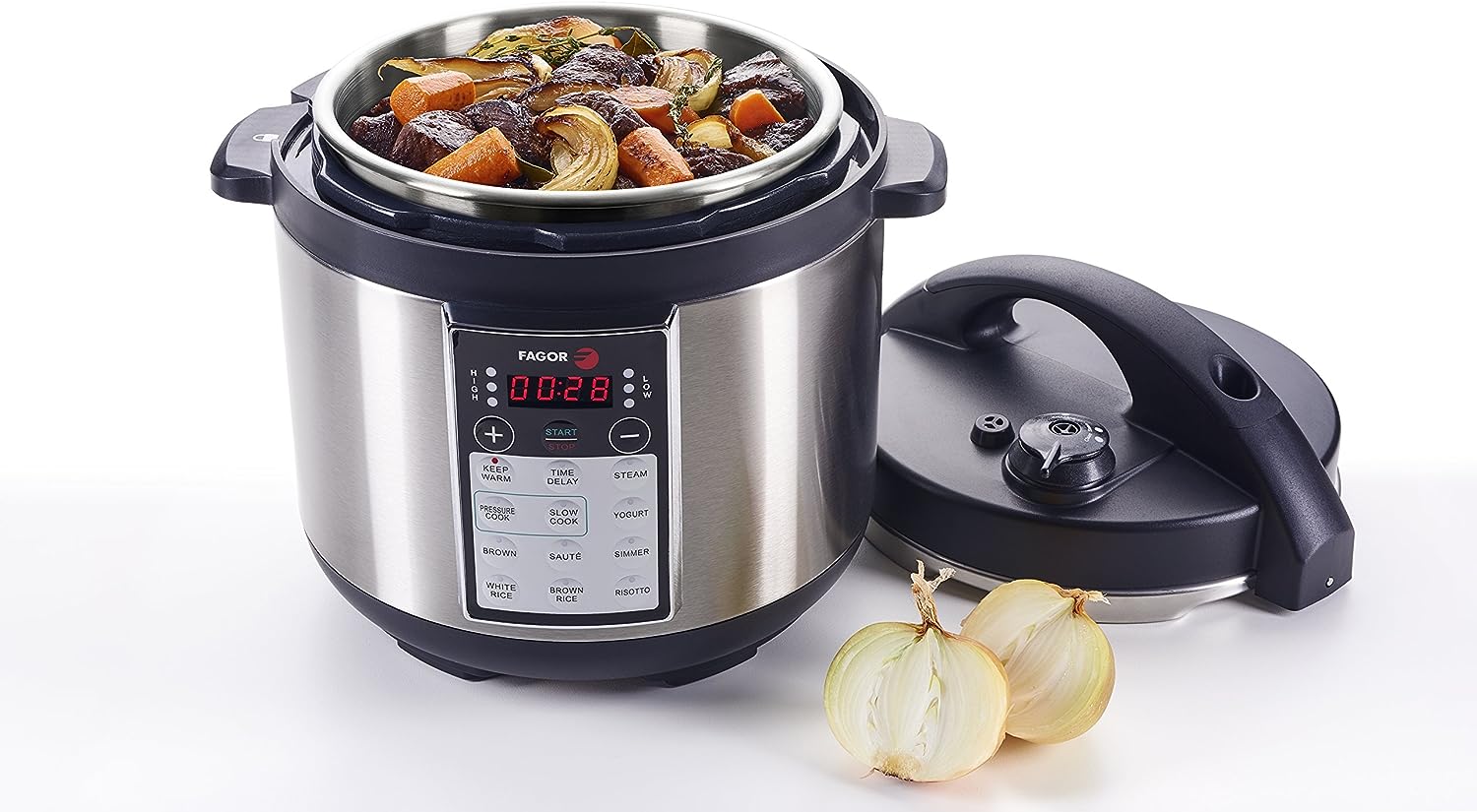

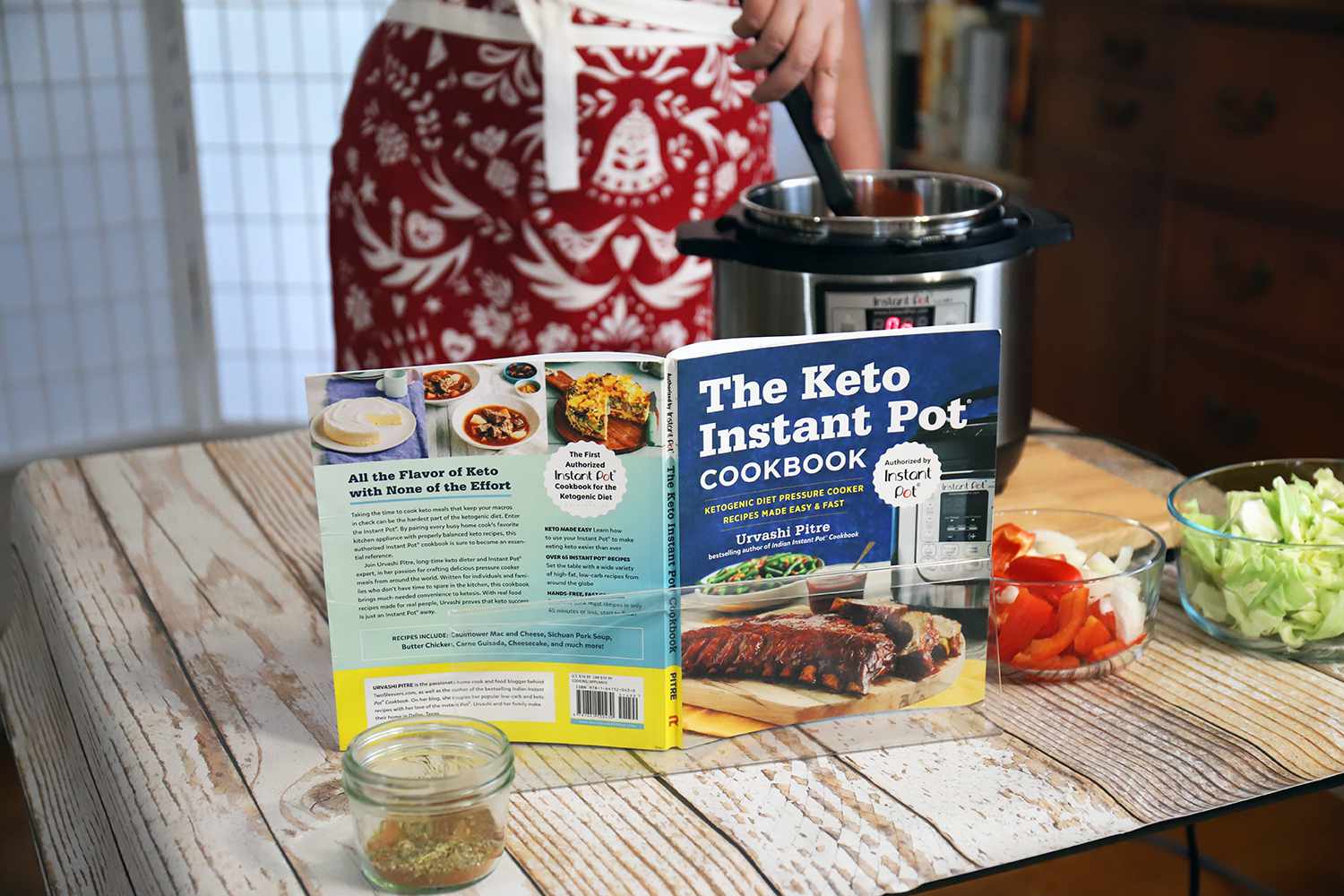
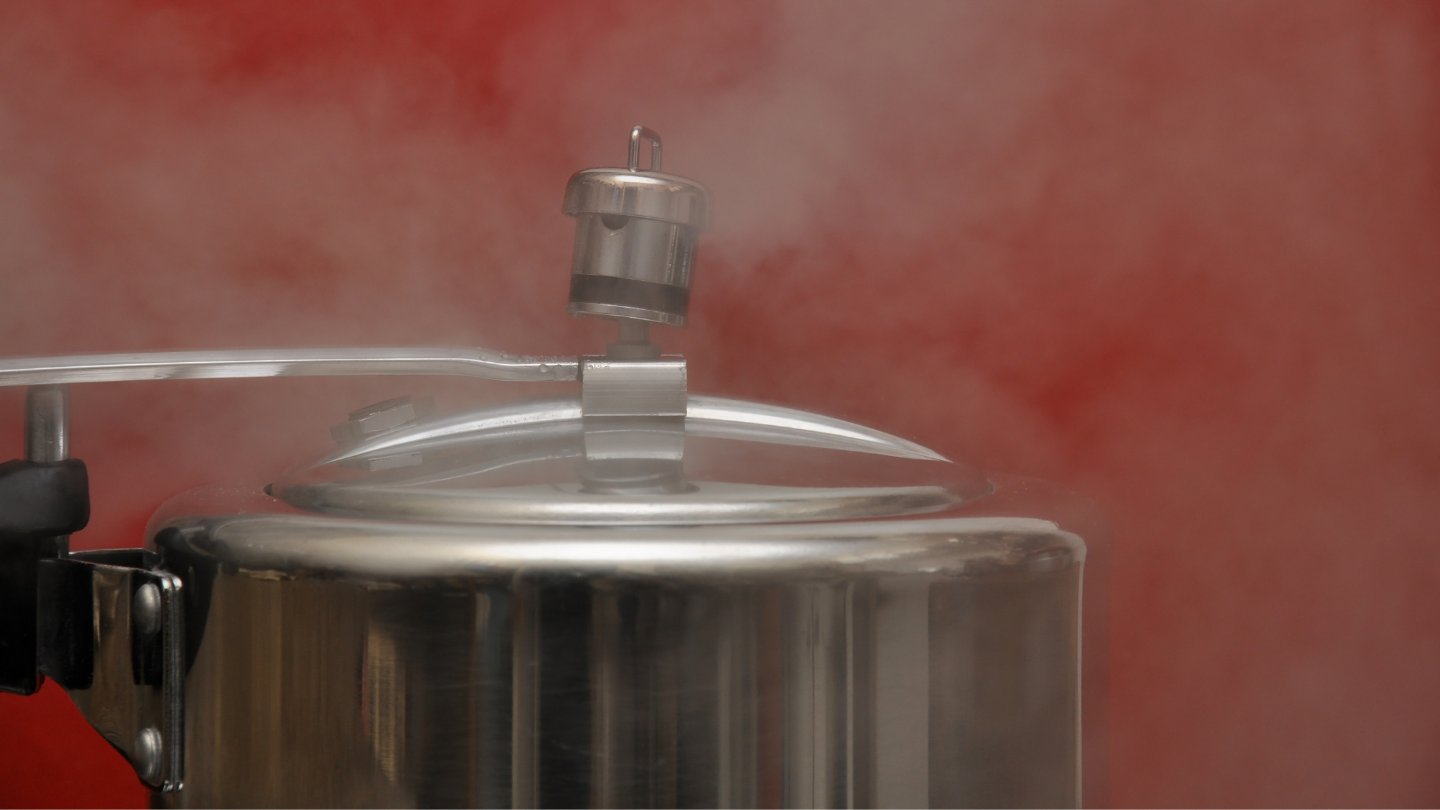

0 thoughts on “How To Cook Beets In An Electric Pressure Cooker”